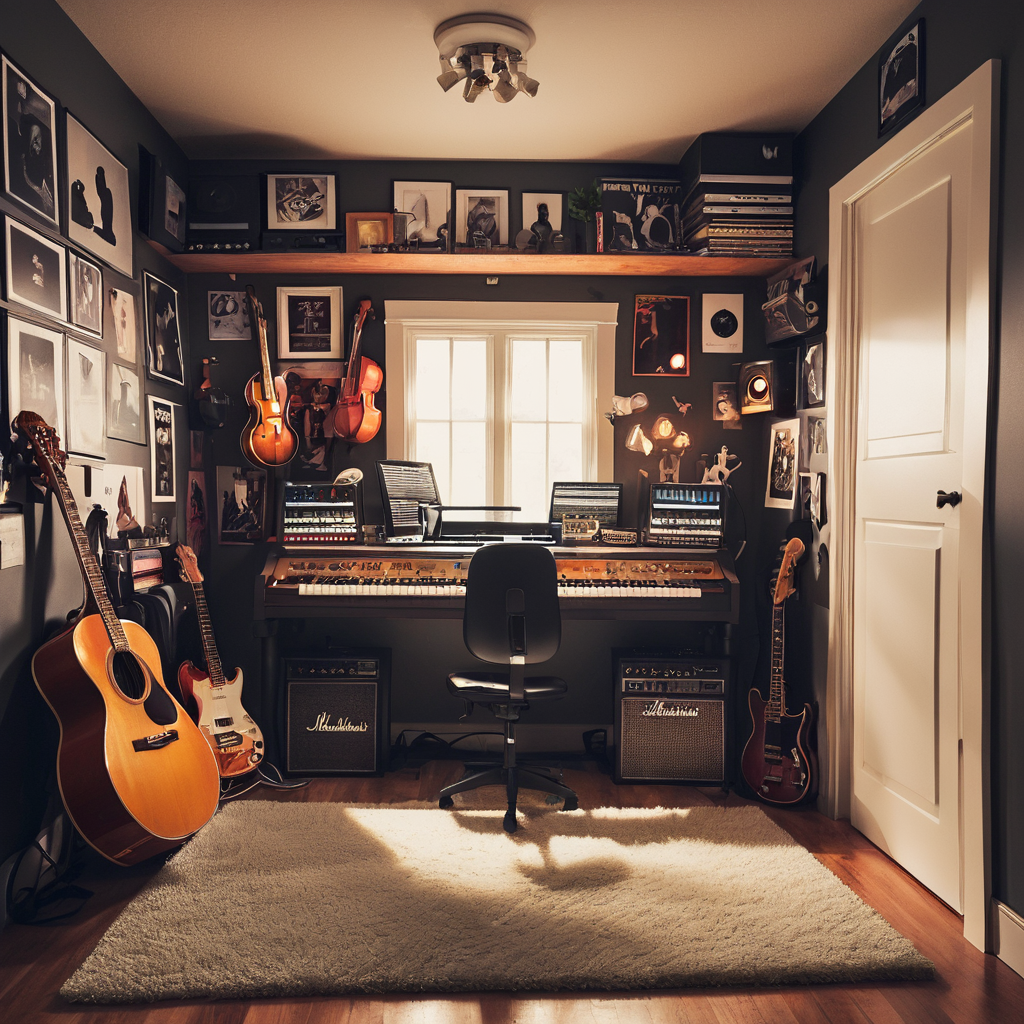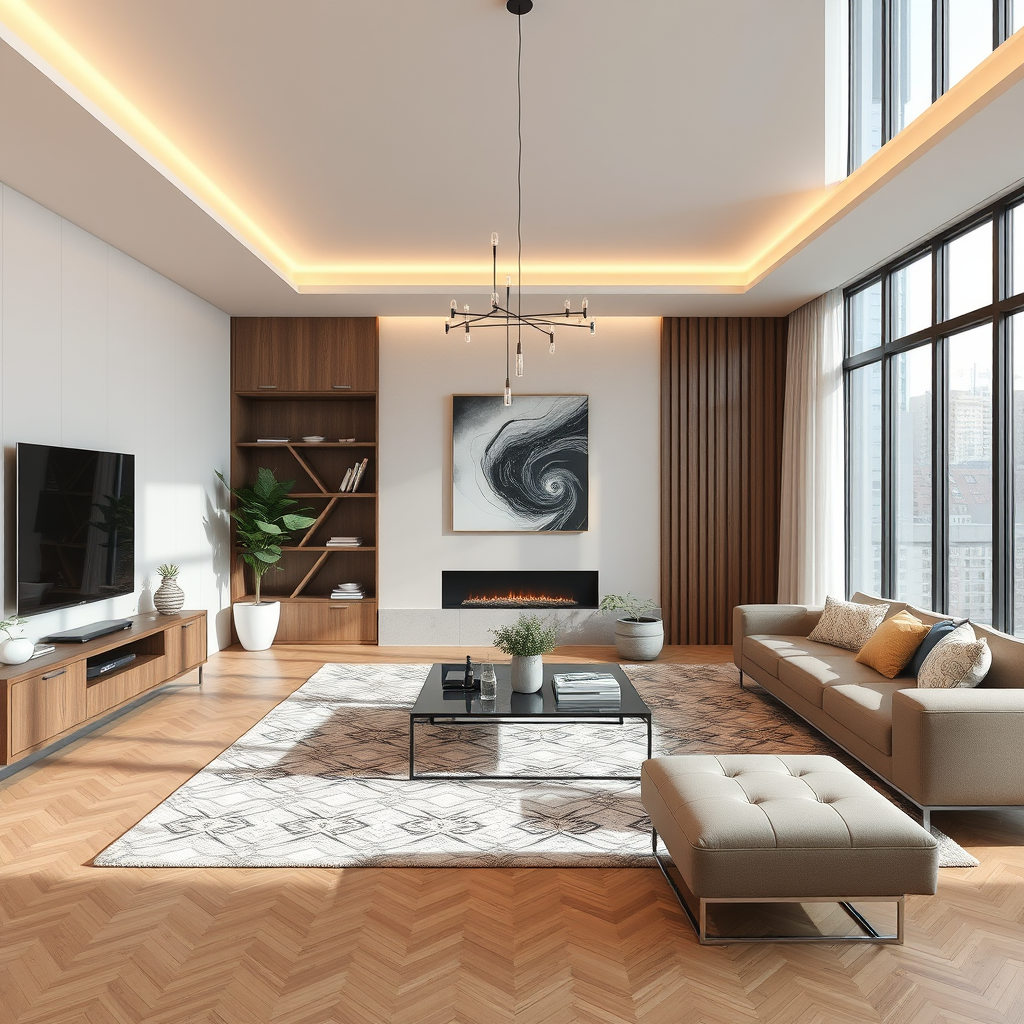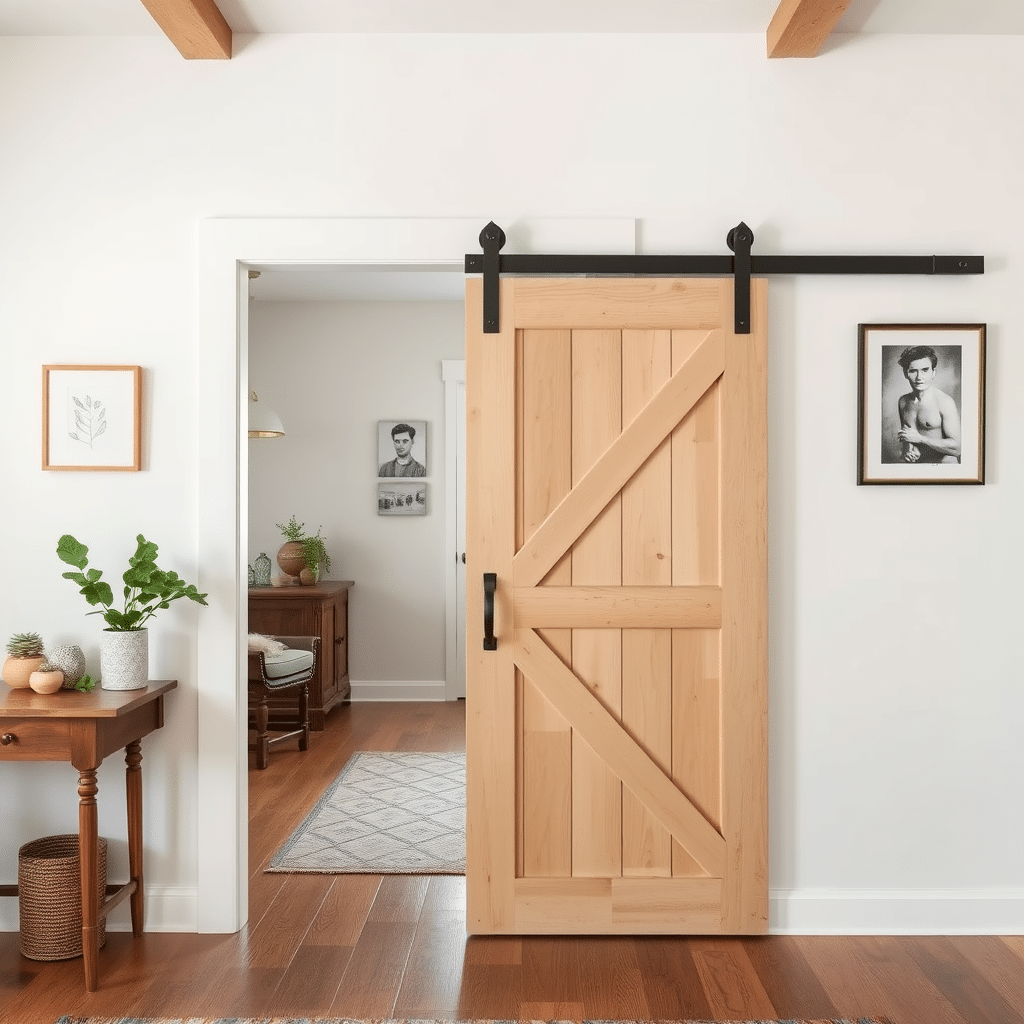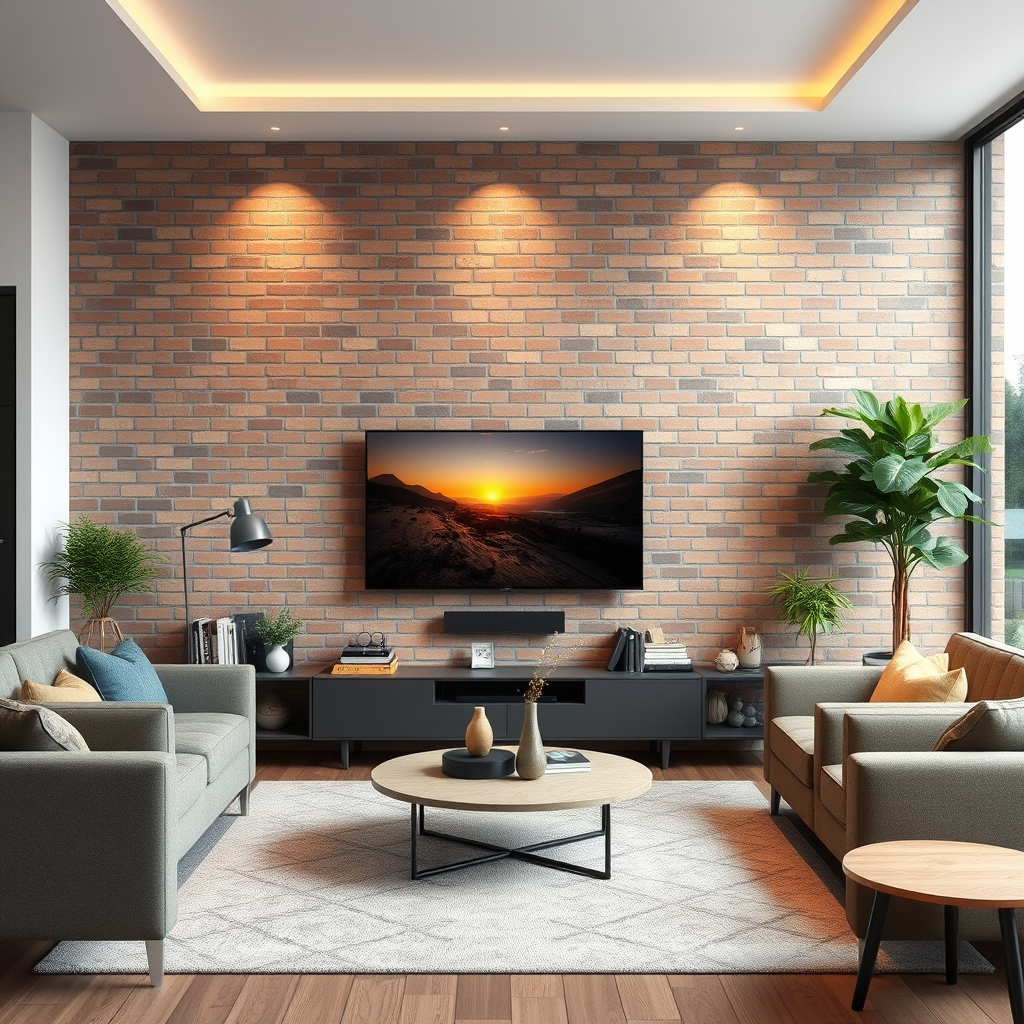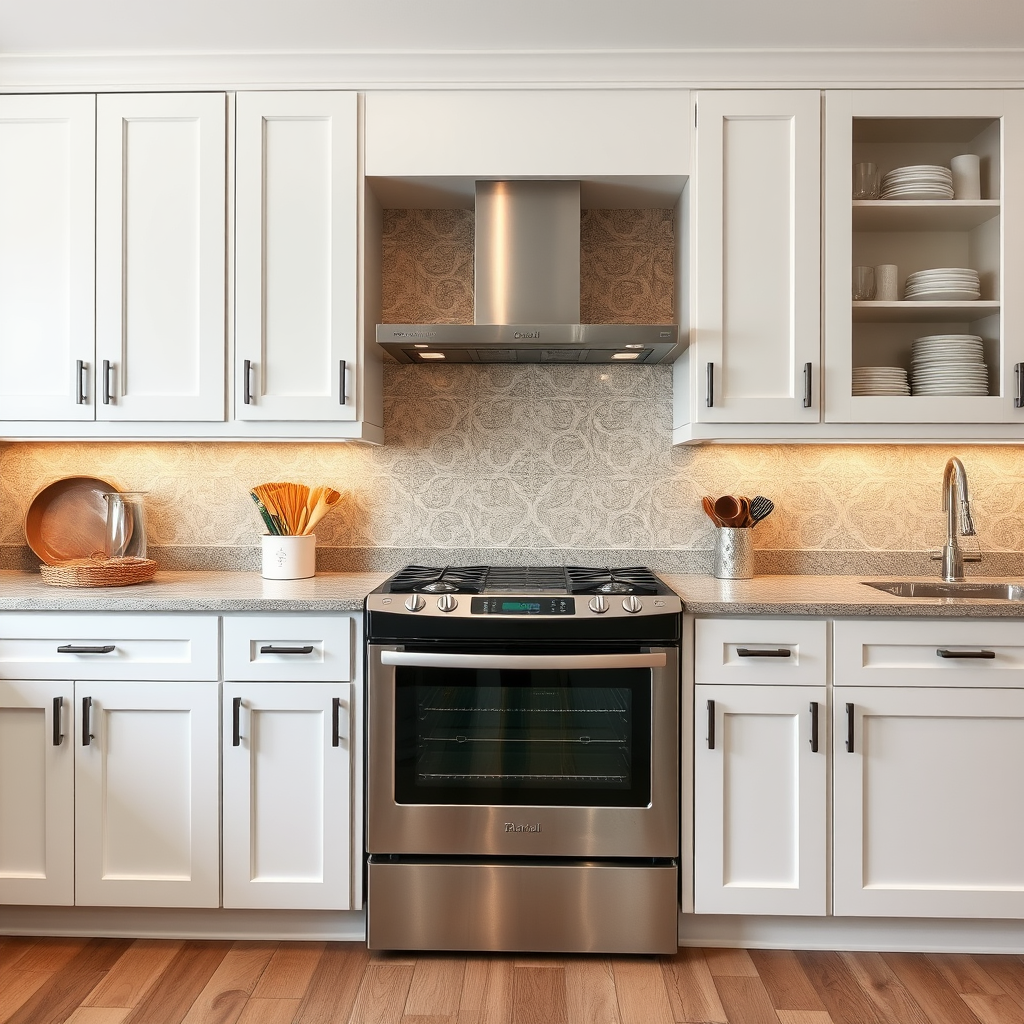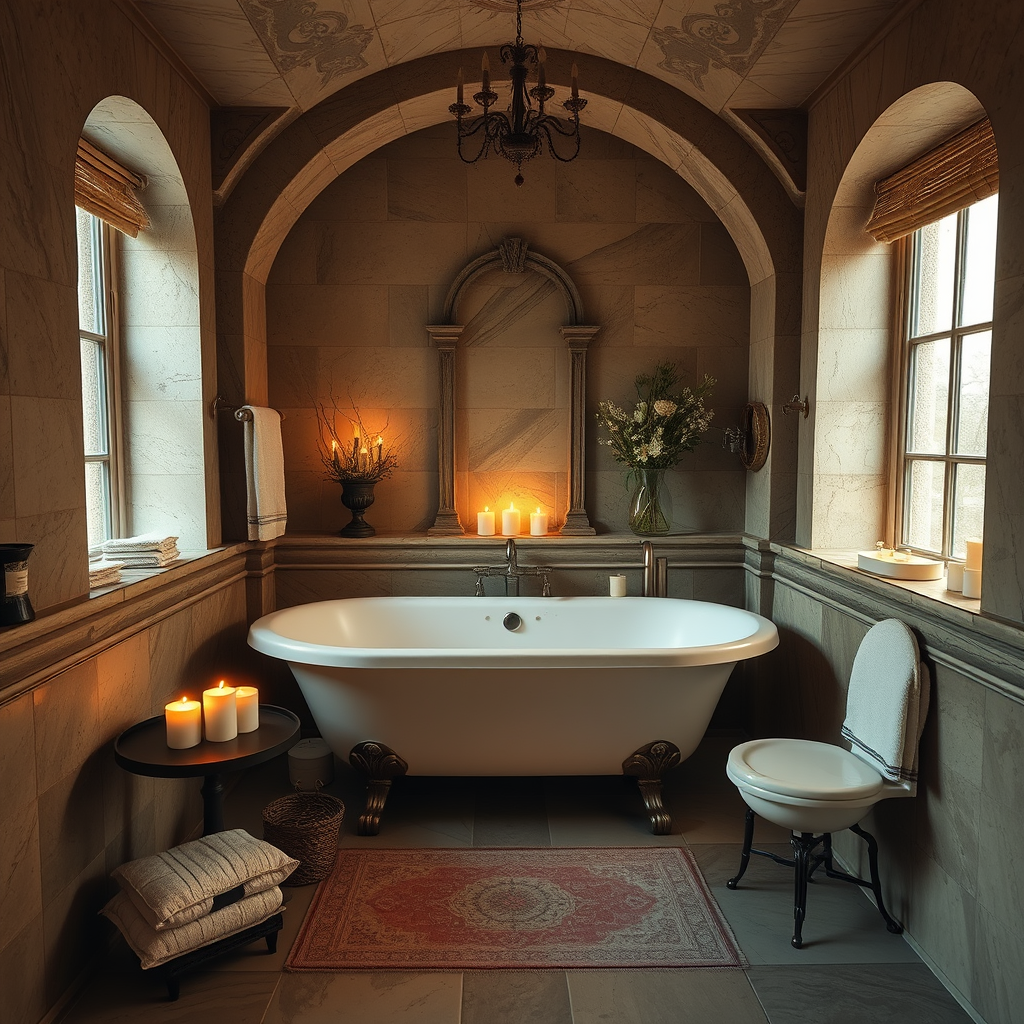Designing a room tailored to the needs of a musician requires a delicate balance between creativity and functionality. Whether you’re a professional musician or an avid hobbyist, creating a space that fosters creativity, inspiration, and productivity is essential. Here, we delve into the key elements to consider when crafting the perfect room for a musician.
1. **Acoustic Considerations:**
Achieving optimal acoustics is paramount in a musician’s space. Consider the room’s size, shape, and materials used in construction. Incorporate soundproofing elements to minimize external noise and prevent sound leakage. Acoustic panels, bass traps, and diffusers can help control reverberation and create a balanced sound environment.
2. **Instrument Display and Storage:**
Showcase your instruments as both functional tools and artistic pieces. Install wall mounts or stands to display guitars, keyboards, or other instruments, adding visual interest to the room. Additionally, ensure ample storage for accessories such as cables, pedals, sheet music, and spare instrument parts to keep the space organized and clutter-free.
3. **Comfortable Seating and Workstations:**
Comfort is key during long hours of practice and creativity. Invest in ergonomic seating options, such as adjustable chairs or cushioned benches, to support proper posture and prevent fatigue. Designate specific workstations for different activities, such as a writing desk for composing or a cozy corner for reflection and relaxation.
4. **Inspiring Décor and Ambiance:**
Surround yourself with décor that stimulates creativity and reflects your musical personality. Consider incorporating artwork, posters, or photographs of your favorite musicians or musical inspirations. Experiment with lighting to create ambiance, using adjustable fixtures or natural light to set the mood for different creative sessions.
5. **Technology Integration:**
Embrace technology to enhance your musical experience. Install audio interfaces, speakers, and amplifiers for high-quality sound playback. Integrate recording equipment and software for capturing ideas and refining compositions. Ensure convenient access to power outlets and charging stations for electronic devices.
6. **Flexible Layout and Multi-functionality:**
Design the room with versatility in mind to accommodate various musical activities and creative processes. Opt for modular furniture arrangements that can be easily reconfigured to suit different needs, whether practicing solo, collaborating with others, or hosting jam sessions. Maintain an open layout to encourage movement and collaboration within the space.
7. **Personalization and Inspiration:**
Infuse the room with personal touches and elements that inspire you creatively. Display memorabilia, awards, or achievements to celebrate your musical journey and accomplishments. Incorporate plants, artwork, or decorative elements that evoke positive emotions and spark inspiration during creative sessions.
Conclusion:
Designing the perfect room for a musician is a blend of artistic expression and practical considerations. By prioritizing acoustics, comfort, inspiration, and flexibility, you can create a space that nurtures creativity, productivity, and musical growth. Whether you’re a solo artist, band member, or music enthusiast, a well-designed music room can serve as a sanctuary for musical exploration and expression.

